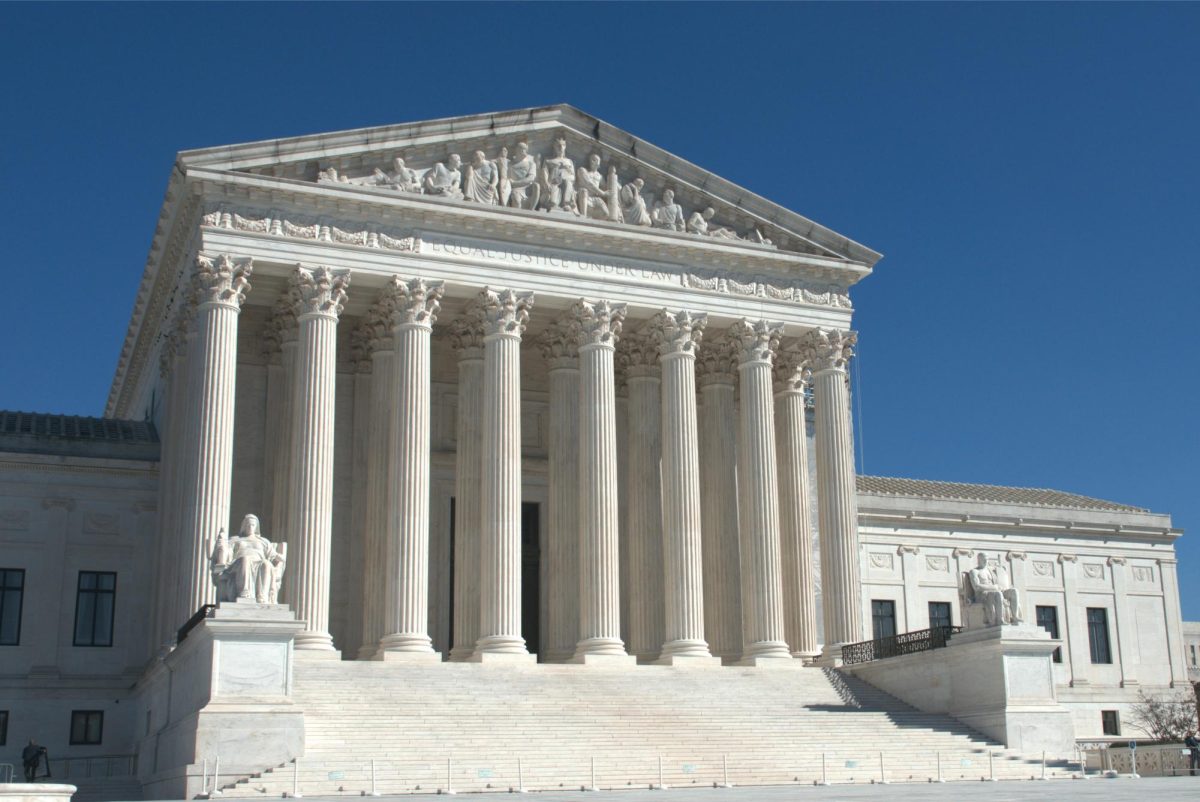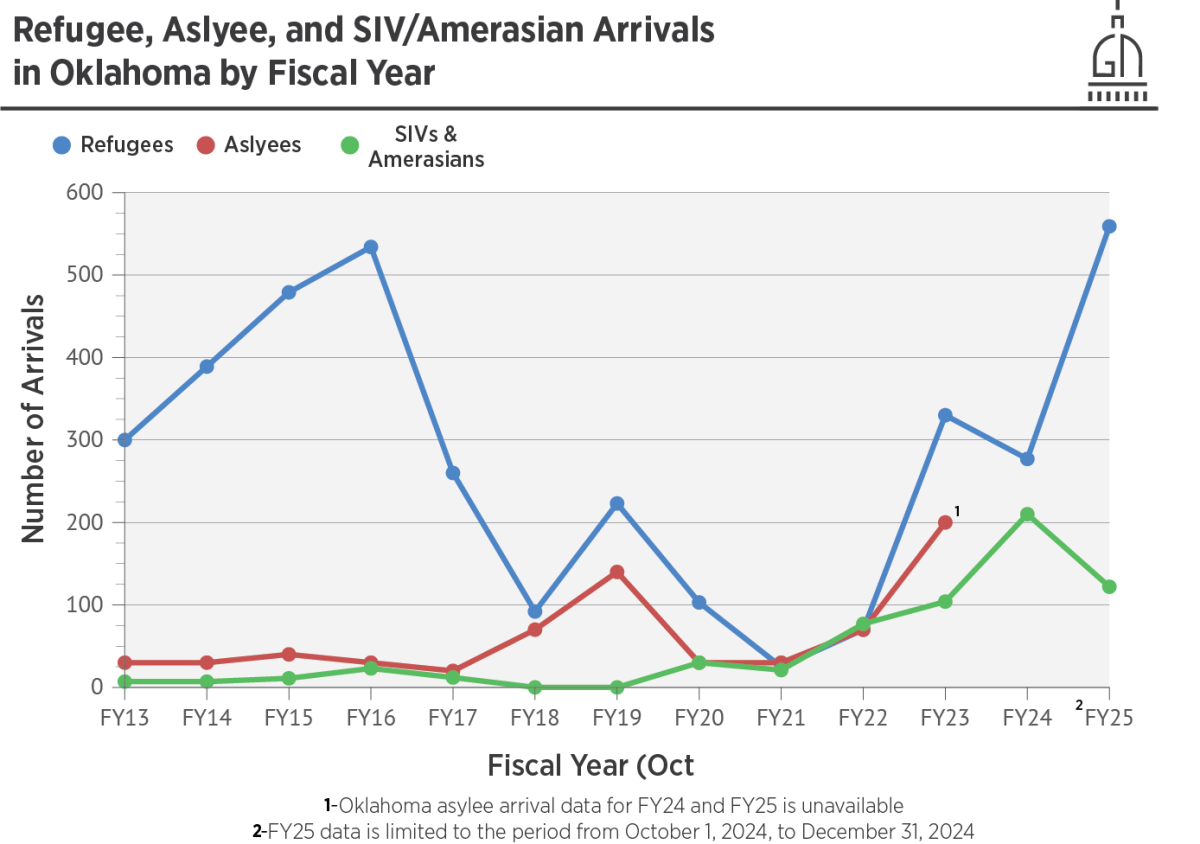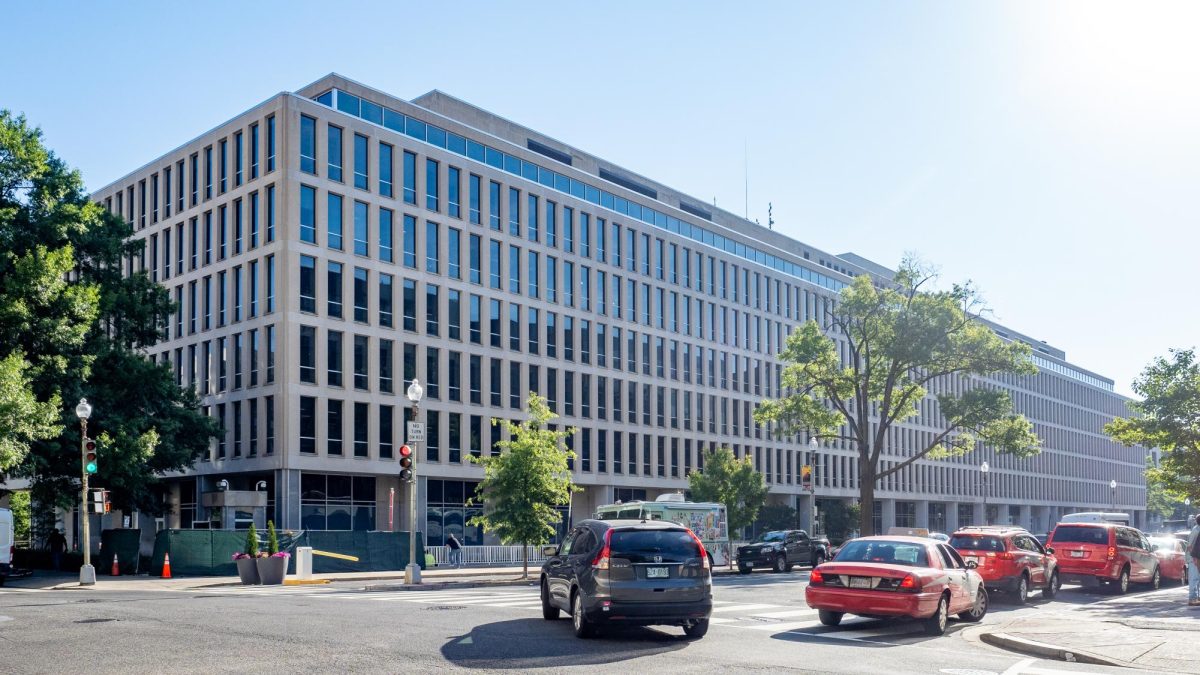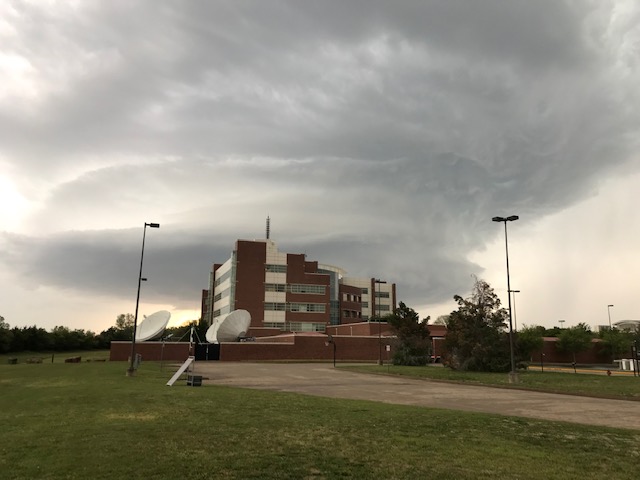WASHINGTON- The question of federal overreach by the Environmental Protection Agency (EPA) came into focus when the U.S. The Supreme Court ruled in favor of Oklahoma’s ability to pursue judicial review in its circuit court, rejecting what some describe as a “one-size-fits-all” approach to federal environmental regulation.
“The EPA action, taken under the Biden-Harris Administration, was federal overreach of the first order,” Drummond said.
“Federal bureaucrats rejected the work and expertise of our own Department of Environmental Quality and instead sought to shackle Oklahoma with a one-size-fits-all plan with a litany of onerous emissions requirements. State sovereignty was under constant attack by the previous occupant of the White House, and the EPA was only too happy to oblige,” he said
In 2015, the EPA strengthened national air quality standards for ozone, requiring states to submit implementation plans to ensure their emissions would not significantly affect the air quality of downwind states. To comply, Oklahoma’s Department of Environmental Quality submitted its own Good Neighbor state implementation plan under the Clean Air Act.
However in February 2023, the agency disapproved plans from 21 of these states, including Oklahoma and Utah, citing their failure to meet the plan’s requirements. These disapprovals were issued in a single Federal Register notice and applied a unified four-step analytical framework.
In response, Oklahoma, Utah and several industry groups challenged the EPA’s disapproval in their respective regional courts of appeals. The EPA, however, moved to transfer all related cases to the U.S. Court of Appeals for the D.C. Circuit, arguing that because the disapprovals were bundled together, they must be reviewed collectively by the D.C. Circuit.
The U.S. Court of Appeals for the Tenth Circuit sided with the EPA, concluding that the challenged rule was nationally applicable and therefore granted the agency’s request to transfer the petitions to the D.C. Circuit.
This raised a key legal question: Does the D.C. Circuit have exclusive jurisdiction to review an EPA action that affects only one state or region simply because it was included in a broader rulemaking published in a single notice?
Under the Clean Air Act, legal challenges to EPA actions bypass federal district courts and proceed directly to courts of appeals. However, recognizing that environmental regulations can have both national and regional impacts, Congress created a judicial review framework that sends national matters to the D.C. Circuit and regional or state-specific matters to the relevant regional circuit courts. The Supreme Court’s decision reaffirmed that framework, allowing Oklahoma to pursue its challenge locally, preserving the balance between centralized federal authority and state-level judicial oversight.
In an opinion delivered by Justice Clarence Thomas earlier this week, he emphasized that unlike past cases where national reasoning was the guide to the EPA’s decisions, this rejection is relied primarily on state-specific analysis.
“The Tenth Circuit erred in holding that petitioners’ challenges should be reviewed in the D. C. Circuit,” Thomas said. “EPA’s disapproval of the Oklahoma and Utah SIPs are locally or regionally applicable actions. And, these cases are not ones where the “nationwide scope or effect” exception applies.”
Gaylord News is a reporting project of the University of Oklahoma Gaylord College of Journalism and Mass Communication. For more stories by Gaylord News go to GaylordNews.net.








